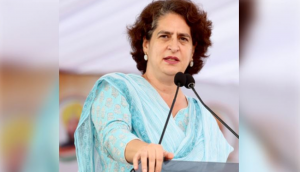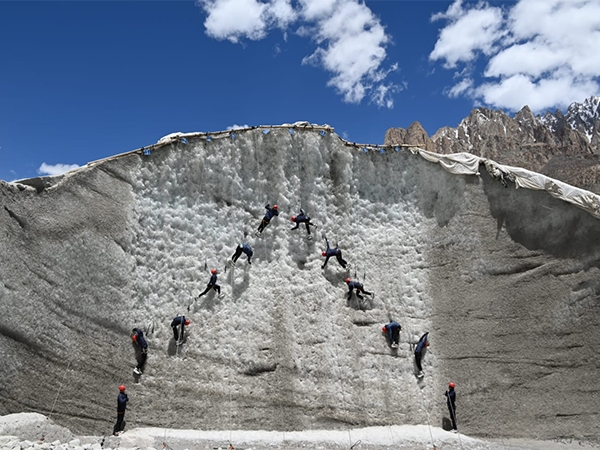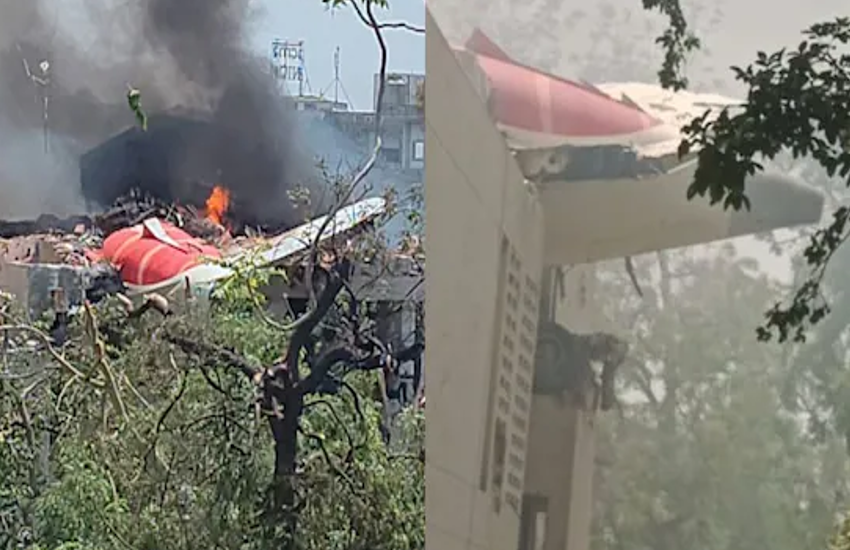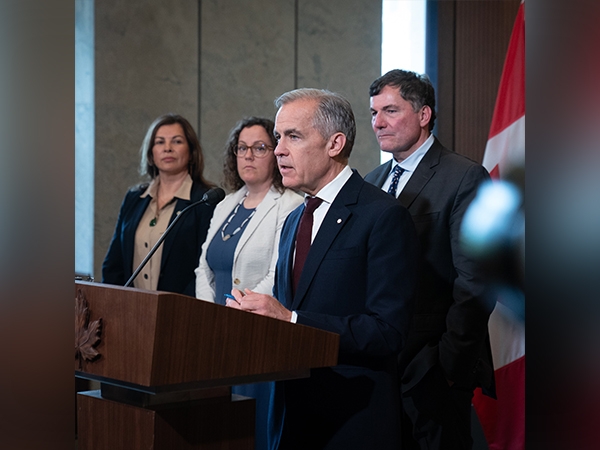How the Modi government had to eat humble pie on the land ordinance

Lapsed ordinance
- PM Modi announced the roll-back of land ordinance in his Mann ki Baat address
- The ordinance was valid until 31 August; the govt allows it to lapse
Why the rollback
- Clauses on consent, social assessment angered farmers
- Govt sensed rival parties were capitalising on farmers\' sentiments
What next
- The second amendment Bill lies with Parliament
- Govt to add 13 points to existing Act
- Cong, AAP say govt still trying to bypass legislature
Prime Minister Narendra Modi made his government's climb-down on the land acquisition ordinance official in the latest edition of his Mann Ki Baat programme on 30 August.
In doing so, he made a dramatic attempt to shift the blame for bringing the ordinance on to the states. The idea to "reform" the Land Acquisition Act came from the states, he said clearly in his address on the All India Radio.
This has been the Union government's alibi since promulgating the ordinance last December.
What the PM did not explain on Sunday was, if in December 2014 his government felt the states have a valid point how was it that in just eight months it decided to reject the views of the same states?
The Prime Minister said he was going to allow the ordinance to lapse as several misconceptions about it were propagated and farmers were frightened. Does that mean his government has surrendered to propaganda? Would that not make it appear weak-kneed?
The reality is that the ordinance took away the pro-farmer provisions of the previous 2013 Act, especially its clauses on consent and social impact assessment.
This angered land-owning farmers. Rival political parties and activists were able to use the anger to mobilised public opinion against the ordinance.
It was this growing momentum against the ordinance and the resulting impact on the government's image that made the establishment succumb.
It doesn't, however, seem likely that the controversy will die down anytime soon. Political parties have already challenged the Union government over its executive order to add 13 points from the ordinance to existing Act.
As the Opposition claim that the government must go through Parliament to add to the existing act, here is a brief explanation of what the controversy is about:
What was the land acquisition ordinance?
The ordinance, promulgated by the President on 31 December, 2014, made key changes to the Land Acquisition Act, 2013.
It was converted into an amendment Bill, introduced in Parliament in February 2015 and passed in the Lok Sabha in March. However, it is still pending in the Rajya Sabha.
Meanwhile, the ordinance was also promulgated in April 2015 and May 2015.
The 2013 Act had replaced an archaic law on land acquisition that had existed in the country since 1894.
What changes did the ordinance bring?
Five types of projects - defence, rural infrastructure, affordable housing, industrial corridors and infrastructure - were exempted from the original 2013 provision requiring the consent of land-owners. These projects were also exempted from social impact assessment.
The ordinance brought the compensation, rehabilitation and resettlement provisions of 13 other laws in consonance with the 2013 Act. (This, any way, had to be done by 1 January, 2015).
Rival parties succeeded in capitalising on farmers' anger over the land Ordinance; and the govt senses that
Among other tinkerings, the ordinance changed the period required for the return of unutilised land from five years to any period specified at the time of setting up the project.
It changed the time period the for retrospective application of the 2013 Act: Any period during which proceedings were held up due to reasons such as a court stay order would not be counted.
The ordinance also did away with the provision of deeming the head of any department guilty if an offence was committed by an officer of the department. It added the provision that government employees could not be prosecuted without the government's prior sanction.
What was the response to the Ordinance?
There was widespread protests from Opposition parties, who had come together in 2013 to pass the law. That bill was whetted by a Parliamentary committee comprising members of several parties and led by current Lok Sabha Speaker Sumitra Mahajan.
The Opposition accused the NDA government of making land acquisition easier for the industry and labeled the government pro-industry and anti-farmer.
Farmer groups and civil society organisations assembled in Delhi to protest against the Ordinance. Even the RSS-backed Bharatiya Kisan Sangh joined the protests.
The government brought a second amendment Bill in May, which was referred to a joint parliamentary committee two days later. When this Committee invited public comments on the Bill, widespread resentment against its provisions came to the fore.
Even 11 BJP MPs reportedly opposed the amendments. Finally, the government started mulling over withdrawing the contentious amendments.
What is the current status of the Ordinance?
The Ordinance was to lapse on 31 August, 2015, and the government decided to let it lapse.
The parliamentary joint committee's report will decide the future of the second amendment Bill, likely to be presented in the Winter Session.
What are the 13 points that the government has included in the 2013 Act?
The government issued an executive order under Section 113 of the 2013 Act. It essentially extends the benefits of the Act to 13 other Acts under which the Union government acquires land:
-
The Land Acquisition (Mines) Act, 1885
-
The Metro Railways (Construction of Works) Act, 1978
-
The National Highways Act, 1956
-
The Coal Bearing Areas Acquisition and Development Act, 1957
-
The Ancient Monuments and Archaeological Sites and Remains Act, 1958
-
The Atomic Energy Act, 1962
-
The Damodar Valley Corporation Act, 1948
-
The Indian Tramways Act, 1886
-
The Petroleum and Mineral Pipelines (Acquisition of Right of User in Land) Act, 1962
-
The Requisitioning and Acquisition of Immovable Property Act, 1952
-
The Resettlement of Displaced Persons (Land Acquisition Act), 1948
-
The Electricity Act, 2003
-
The Railways Act, 1989
Why are there protests against the executive order?
Congress leader and former rural development minister Jairam Ramesh criticised the government for bypassing the legislature. He said the law ministry has given a clear opinion that these laws should be amended by an ordinance or a Bill when Parliament is in session.
The Aam Admi Party called it a "breach of democratic values and basic tenets of legislation". It has demanded that the government desist from amending the Acts through executive orders. Any such change should be made after proper deliberation in Parliament and by taking into confidence the different stake holders.
First published: 1 September 2015, 9:58 IST






![BJP's Kapil Mishra recreates Shankar Mahadevan’s ‘Breathless’ song to highlight Delhi pollution [WATCH] BJP's Kapil Mishra recreates Shankar Mahadevan’s ‘Breathless’ song to highlight Delhi pollution [WATCH]](https://images.catchnews.com/upload/2022/11/03/kapil-mishra_240884_300x172.png)

![Anupam Kher shares pictures of his toned body on 67th birthday [MUST SEE] Anupam Kher shares pictures of his toned body on 67th birthday [MUST SEE]](https://images.catchnews.com/upload/2022/03/07/Anupam_kher_231145_300x172.jpg)






